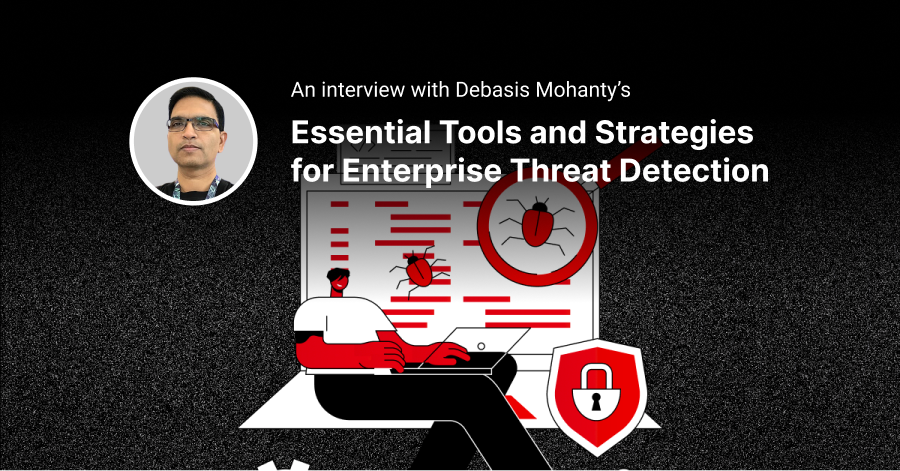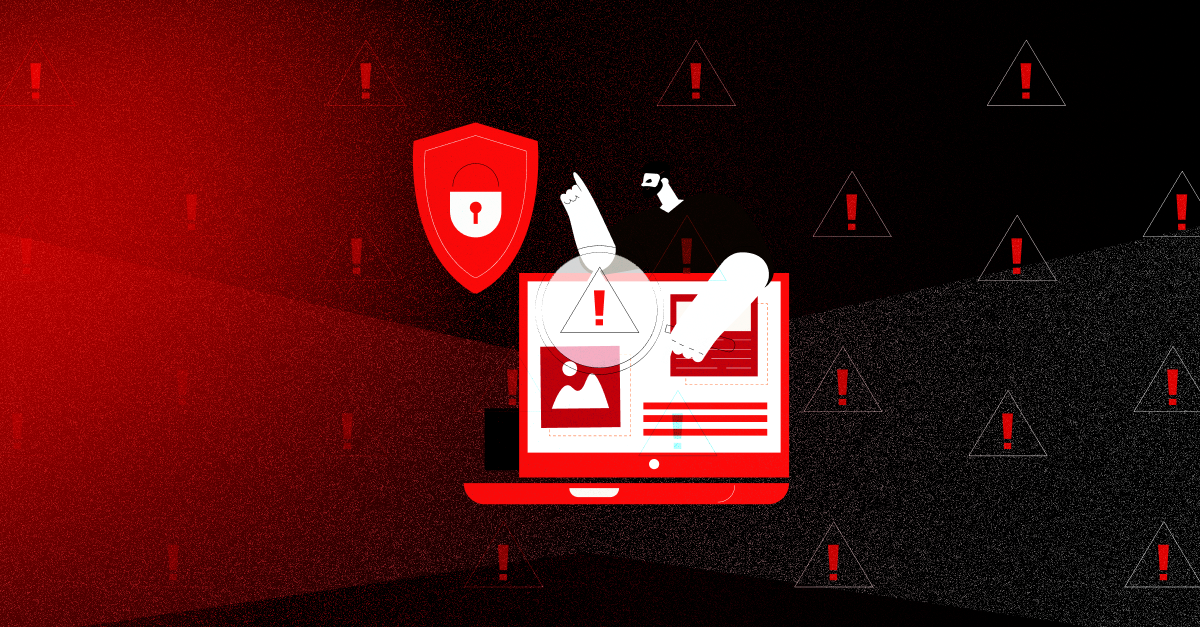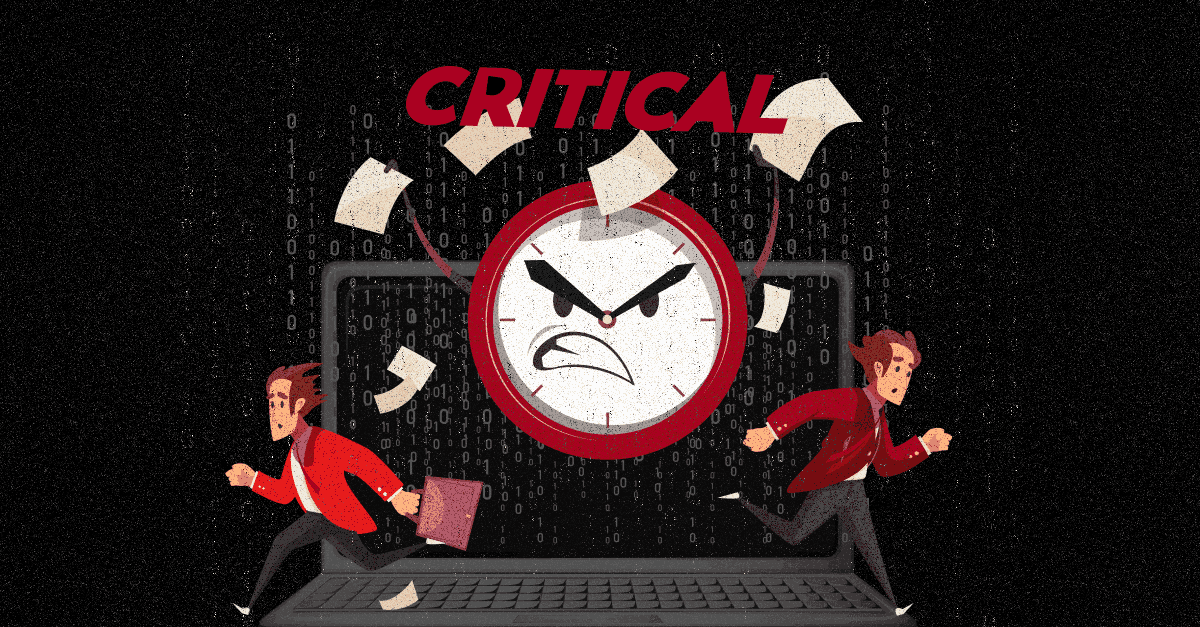In the complex world of enterprise security, even the most robust security strategies can fall short when common oversights go unaddressed. Despite significant advancements in cybersecurity, enterprises often leave critical gaps open—sometimes by relying on outdated principles or overlooking low-priority risks that can quickly escalate.
In this blog post, we're covering some of the most frequent oversights our team has come across, explaining why they’re risky and how organizations can address them for a stronger, more resilient security posture.
The Illusion of 'Security through Obscurity'
Security through obscurity (STO) has long been debated in the security world. The basic idea behind STO is that if an attacker doesn’t know a system's weaknesses or architecture, they can't exploit it. However, this approach can create a dangerous illusion of safety. Once a vulnerability is exposed, any perceived security quickly evaporates. This risk reveals STO's inherent flaw: a hidden weakness isn’t entirely inaccessible—they just haven’t been discovered yet.
Even government agencies like the NSA once depended heavily on secretive practices. For many years, the NSA’s cryptographers and their work were classified, with the assumption that secrecy alone would protect national interests. But as technology evolved, the limitations of this approach became clear, and the agency shifted towards more robust, layered security measures.
Obscurity isn't security. Imagine writing down a password on a scrap of paper without a label. It may seem safe—until someone recognizes it as a password.
The same logic applies to enterprise systems. Hidden vulnerabilities may seem safe from exploitation, but if discovered, they can turn into significant risks overnight.
Importance of Monitoring and Controlling Outbound Traffic
Data exfiltration, or the unauthorized transfer of data out of a network, is essentially data theft. Attackers can extract data manually or with malware, but the impact is the same: sensitive information falls into the wrong hands. The only way to catch and control this is by monitoring outbound traffic vigilantly.
Why Outbound Traffic Control Matters
Monitoring outbound traffic is critical because it serves as an alert that a threat may have already breached your system. Once an attacker connects to an external server, they can extract sensitive data, send commands to malware, or even link your devices to a botnet. Without monitoring and controlling these connections, your assets—and even business continuity—could be at risk.
Common Outbound Traffic Threats
- Data Exfiltration: Unauthorized transmission of data, such as customer records or intellectual property, to unauthorized servers.
- Command-and-Control Communication: Malware communicating with external servers to receive commands or relay data back to attackers.
- Ransomware: Ransomware often requires outbound communication to retrieve encryption keys or transmit stolen data.
- Botnet Activity: Infected devices may connect to a botnet, enabling DDoS attacks or unauthorized access to other systems.
- Credential Theft: Outbound data might include login credentials, leading to further security breaches.
-
Controlling outbound traffic can catch these threats early, acting as a last line of defense in an otherwise compromised environment.
Incomplete IT Asset Discovery and Inventory Management
Without a thorough and up-to-date inventory of all IT assets—physical and virtual—organizations leave themselves exposed to significant security risks. Unmanaged devices and so-called “shadow IT” (devices or software not tracked or approved by IT) create backdoors, unmonitored access points, and hidden vulnerabilities that attackers can easily exploit.
Why IT Asset Discovery Is Critical
Each asset connected to a network represents a potential doorway for cyber threats. Take the well-known Equifax breach, where one of the key failings was a lack of comprehensive asset tracking. Equifax had a vulnerability scanner in place, but due to incomplete asset visibility, it wasn’t scanning the systems affected by the Apache Struts vulnerability—a gap that attackers later exploited. This incident shows that even with tools in place, it’s vital to know what to scan and track every asset’s ownership and function.
Neglecting Supply Chain Security Risks
Supply chain vulnerabilities are often overlooked, even though they’re among the most exploited risks in today’s cybersecurity landscape. Attackers know that infiltrating a third-party vendor gives them access to all of its customers, making these indirect attacks highly attractive.
Understanding the Supply Chain Attack Risk
Supply chain attacks involve injecting malicious code or accessing systems through a third-party vendor. The SolarWinds breach, where malware was distributed through a trusted vendor’s software updates, illustrates how a single point of compromise can impact thousands of organizations. Attackers inserted malicious code into SolarWinds' software update process, hiding the malware in plain sight within legitimate updates. The assumption was that because these updates were coming from a trusted vendor, they were safe. This lack of scrutiny made the malicious updates difficult to detect.
Approaching supply chain security proactively means vetting vendors, and conducting regular risk assessments to ensure transparency in code and dependencies. Integrating these practices can help enterprises better understand third-party risks and catch vulnerabilities before they become threats.
Dismissing 'Non-Critical' Issues: The Risk of Compounded Threats
Many security teams prioritize issues based on severity, assuming lower-risk vulnerabilities can wait. However, attackers often exploit combinations of lower-severity vulnerabilities to gain access, turning “non-critical” issues into serious risks.
Understanding the Danger of Risk Chaining
A small misconfiguration or outdated software might seem harmless, but when combined with other vulnerabilities, it can create a dangerous entry point. Attackers know how to “chain” these risks, using multiple vulnerabilities to bypass defenses and access critical systems.
Building a Dynamic Risk Model
Instead of static prioritization, use a dynamic model that considers factors like vulnerability age, exploit potential, and accessibility. Reevaluate risks periodically and address even seemingly minor vulnerabilities before they accumulate into significant threats.
Protect Your Most Valuable Asset
In our work, we see these same oversights pop up time and time again, and we had to share them with you. Enterprise security isn’t just about having the shiniest tools or following a checklist. It’s about being proactive and catching those easy-to-miss blind spots that attackers love to exploit.
By paying attention to every potential risk, no matter how minor, you’re building a security posture that’s not just strong but adaptable enough to keep pace with today’s evolving threats.






